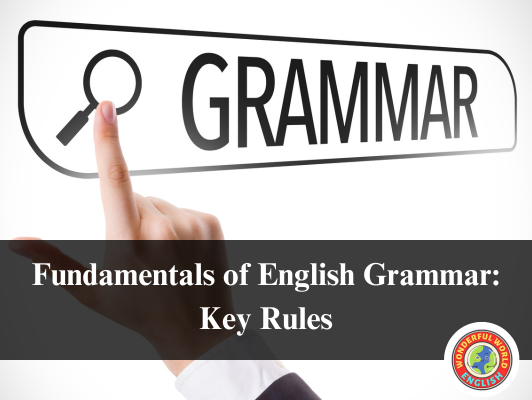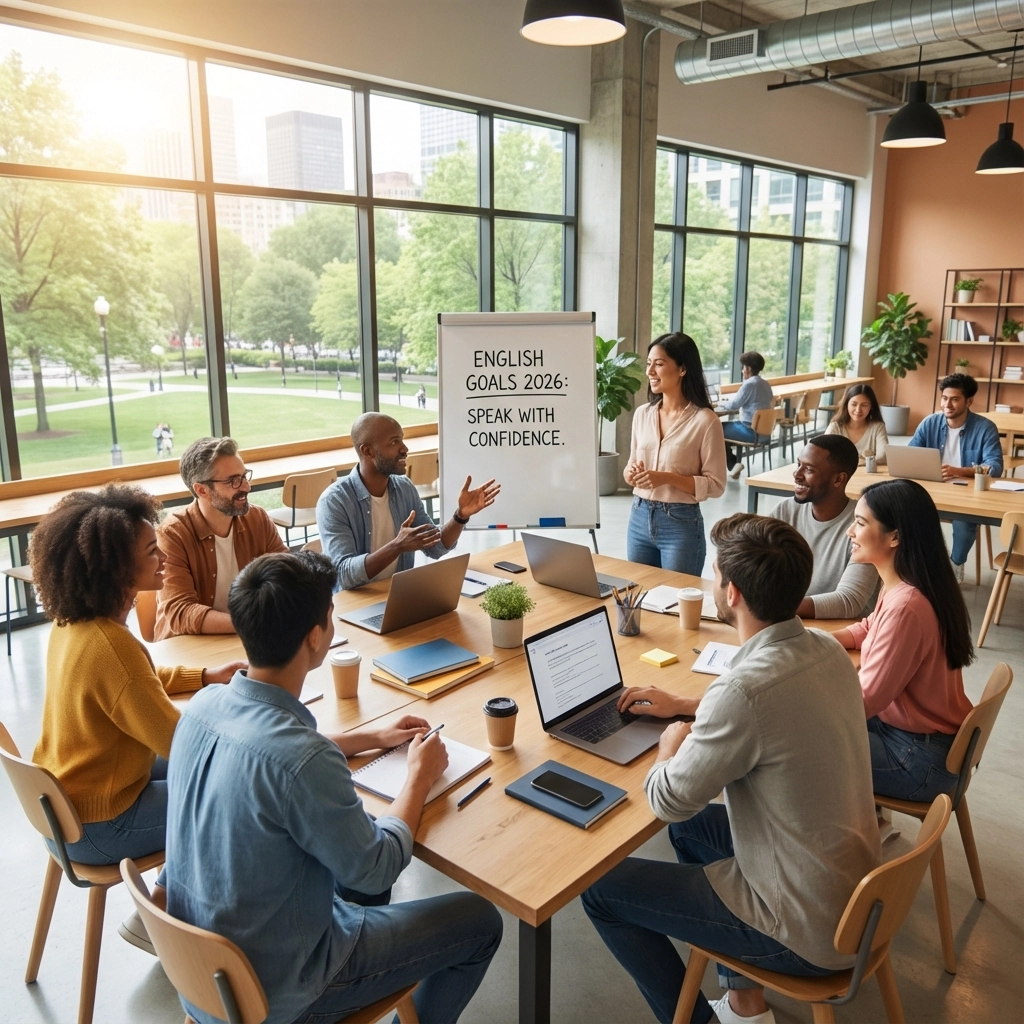Contents
Toggle
Meet David De’ Ath, founder, editor, and writer at Wonderful World English. With his extensive background as an English teacher, David provides valuable insights and practical tips on ESL for students and teachers alike.
Mastering the Fundamentals of English Grammar is essential for anyone looking to improve their language skills.
Understanding the core principles of grammar, such as word order, verb conjugations, and article usage, can significantly enhance both written and spoken English.
Grasping these basics provides a solid foundation for more advanced studies and real-world applications.
For learners at the lower-intermediate and intermediate levels, the right resources can make a significant difference.
The Azar-Hagen Grammar Series, trusted globally by educators, offers comprehensive coverage tailored to various learning needs.
This series explains grammatical rules clearly and incorporates practical exercises to reinforce learning.
Practical grammar knowledge is invaluable in everyday communication, academics, and professional settings.
Comprehensive guides like the Fundamentals of English Grammar can equip learners with the tools needed to navigate complex language structures confidently.
With consistent practice and the right materials, anyone can achieve proficiency and clarity in English.
Key Takeaways
- Fundamentals of English grammar are crucial for language improvement.
- Reliable resources like the Azar-Hagen Grammar Series aid learning.
- Practical grammar knowledge enhances everyday communication.
Parts of Speech
Understanding the parts of speech is essential for mastering English grammar.
Each category—nouns, pronouns, verbs, adjectives, adverbs, prepositions, conjunctions, and interjections—serves a distinct role in sentence construction and meaning.
Nouns
Nouns represent people, places, things, or ideas.
Common nouns refer to general items like “city” or “dog,” while proper nouns name specific entities, such as “New York” or “Rover.”
Nouns can be singular or plural and often change form through inflection, such as “book/books.”
They can function as subjects, objects, or complements in sentences, impacting syntax and word order.
Usage and types of nouns can be explored further here.
Pronouns
Pronouns substitute for nouns to avoid repetition and simplify sentences.
Examples include “he,” “they,” “it,” and “which.”
Pronouns must agree in number and gender with the nouns they replace.
They also vary in function, from subject pronouns (he, they) to object pronouns (him, them).
Pronouns play critical roles in sentence cohesion and clarity. Explore more about pronouns here.
Verbs
Verbs indicate actions, states, or occurrences. They can be main verbs or auxiliary verbs (helping verbs).
Verbs also change form to reflect tense, aspect, mood, and voice through inflection.
For instance, “run” changes to “ran” for past tense.
Verbs must agree with their subjects in number and person. Detailed insights into verbs are available here.
Adjectives
Adjectives describe or modify nouns and pronouns, providing more detail.
For instance, “blue” in “blue sky” or “happy” in “happy child.”
Adjectives can indicate quantity (e.g., “several”), quality (e.g., “beautiful”), size (e.g., “large”), and more.
They often appear before the nouns they modify but can also function as complements. Learn more about adjectives here.
Adverbs
Adverbs modify verbs, adjectives, or other adverbs.
They often answer questions like “how,” “when,” “where,” and “to what extent.”
Examples include “quickly,” “yesterday,” “here,” and “very.”
Adverbs can enhance or limit a word’s meaning and are crucial for providing context and detail. Their placement can vary within a sentence. More on adverbs can be found here.
Prepositions
Prepositions connect nouns or pronouns to other parts of the sentence, showing relationships in time, place, or direction.
Examples include “in,” “on,” “at,” “over,” and “between.”
Prepositions typically precede their objects, forming prepositional phrases like “in the house” or “after the meeting.” Proper use of prepositions is key to clear communication.
Read more about prepositions here.
Conjunctions
Conjunctions connect words, phrases, or clauses.
Common examples include “and,” “but,” and “or.”
They can be coordinating (joining equal elements), subordinating (joining dependent clauses to main clauses), or correlative (working in pairs, e.g., either/or).
Conjunctions are vital for sentence structure and flow. Find out more about conjunctions here.
Interjections
Interjections are words or phrases that express strong emotion or surprise, standing apart from the main sentence.
Examples include “wow,” “ouch,” “hey,” and “alas.”
They often appear at the beginning of a sentence and are typically followed by an exclamation mark.
Though not grammatically connected to other parts of the sentence, they add emotional context. Learn about interjections here.

Sentence Structure
In English grammar, understanding sentence structure is crucial for effective communication.
Key aspects include subject-verb agreement, the role of objects, and the distinction between clauses and phrases.
Subject-Verb Agreement
Subject-verb agreement ensures that subjects and verbs match in number and person.
For example, a singular subject requires a singular verb: “She writes” is correct, while “She write” is not.
Rules to Remember:
- Singular subjects (e.g., “cat”) take singular verbs: “The cat runs.”
- Plural subjects (e.g., “cats”) take plural verbs: “The cats run.”
- Collective nouns (e.g., “team”) can take either singular or plural verbs based on context: “The team is winning” or “The team are arguing.”
Object of Sentences
Objects receive the action of the verb and complete the thought of the sentence. They can be direct or indirect.
Types of Objects:
- Direct Object: Receives the action directly. Example: “She reads a book” (book is the direct object).
- Indirect Object: Receives the action indirectly, often present with a direct object. Example: “She gave him a gift” (him is the indirect object and gift is the direct object).
Correct placement of objects within sentences enhances clarity and meaning.
Clauses and Phrases
Clauses contain both a subject and a verb, while phrases do not. Understanding their differences helps improve sentence construction.
Types of Clauses:
- Independent Clauses: Stand alone as complete sentences. Example: “She laughed.”
- Dependent Clauses: Cannot stand alone and rely on an independent clause. Example: “Because she was happy.”
Types of Phrases:
- Noun Phrases: Include a noun and its modifiers. Example: “The tall man.”
- Verb Phrases: Include a verb and its auxiliaries. Example: “Has been running.”
Using diverse clauses and phrases adds complexity and variety to writing, aiding in conveying detailed and nuanced information.
Related: Easy Grammar Tricks: Ultimate Guide for Students
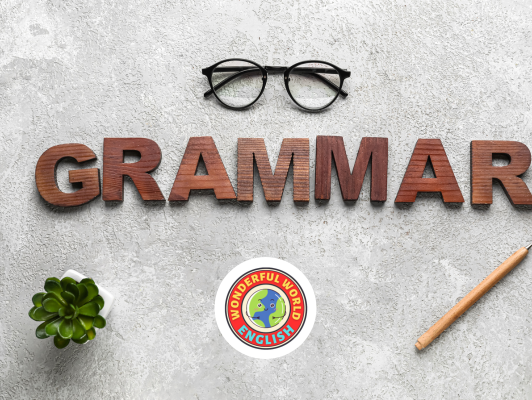
Verb Tenses and Aspects
English grammar involves understanding verb tenses and aspects to convey actions accurately.
Verb tenses indicate when an action occurs, while aspects provide details about the action’s completion or duration.
Present and Its Aspects
The present tense refers to actions happening right now or habitual actions. It includes four aspects: simple, continuous, perfect, and perfect continuous.
- Simple Present: Describes habitual or general truths (e.g., “She reads daily”).
- Present Continuous: Indicates ongoing actions (e.g., “She is reading right now”).
- Present Perfect: Connects past actions to the present (e.g., “She has read the book”).
- Present Perfect Continuous: Emphasizes duration of ongoing actions that started in the past and continue to the present (e.g., “She has been reading for hours”).
Past and Its Aspects
The past tense discusses actions that already happened. It too has four aspects: simple, continuous, perfect, and perfect continuous.
- Simple Past: Reflects completed actions (e.g., “He watched the movie”).
- Past Continuous: Describes actions that were ongoing in the past (e.g., “He was watching the movie”).
- Past Perfect: Indicates actions completed before another past action (e.g., “He had watched the movie before dinner”).
- Past Perfect Continuous: Shows ongoing actions that were completed before another past action (e.g., “He had been watching the movie for an hour when dinner started”).
Future and Its Aspects
The future tense projects actions that will happen. It features the same four aspects as the other tenses.
- Simple Future: Predicts actions that will occur (e.g., “They will travel tomorrow”).
- Future Continuous: Discusses actions that will be ongoing in the future (e.g., “They will be traveling next week”).
- Future Perfect: Relates actions that will be completed by a certain future time (e.g., “They will have traveled by next month”).
- Future Perfect Continuous: Highlights the duration of actions up until a specified future moment (e.g., “They will have been traveling for two hours by the time they reach the city”).
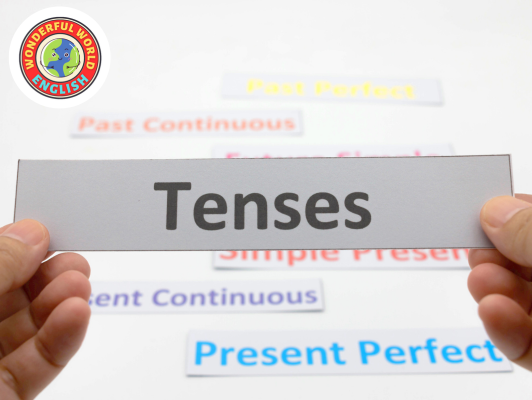
Function Words
Function words are essential in English grammar as they serve to connect content words and clarify the relationships between them.
Core function words include articles, prepositions, and conjunctions. Understanding these will enhance comprehension and communication.
Articles
Articles consist of definite and indefinite forms.
The definite article “the” specifies a particular item, while indefinite articles “a” and “an” introduce a non-specific noun.
For example, “the cat” refers to a specific known cat, whereas “a cat” could refer to any cat.
The article “an” precedes words starting with a vowel sound. For instance, “an apple” versus “a banana.” Articles support sentence clarity and preciseness, impacting meaning and comprehension.
Prepositions
Prepositions establish relationships between nouns and other words in a sentence.
Common prepositions include “in,” “on,” “at,” “by,” and “with.”
They provide information about time, place, direction, and manner.
For example, “on the table” indicates location, while “by the end of the day” specifies time. Prepositions are crucial for constructing clear, specific sentences that effectively convey spatial and temporal contexts.
Conjunctions
Conjunctions connect words, phrases, or clauses, facilitating sentence flow and coherence.
Coordinating conjunctions such as “and,” “but,” and “or” link elements of equal importance.
Subordinating conjunctions like “because,” “although,” and “while” introduce dependent clauses, adding complexity and depth to sentences.
For example, “She went to the store because she needed milk.”
These elements ensure that ideas are expressed in a logical and connected manner, improving the readability and comprehension of text.
Want to build confidence and improve your English?
Join our Skool community and enjoy daily support!

Punctuation and Capitalization
Punctuation and capitalization are essential elements of English grammar that help clarify meaning and indicate emphasis.
Punctuation marks, such as the period, comma, and question mark, guide readers through sentences.
A period (.) ends a complete statement. A comma (,) separates items in a list or clauses in a sentence.
The question mark (?) signals a direct question, such as “Is this correct?”
Capitalization rules are straightforward.
First words of sentences and proper nouns are always capitalized. For example:
- The Golden Gate Bridge
- John Doe
Proper nouns include names, specific places, and titles.
Names often require capitalization of both the first and last names. For instance, Martin Luther King Jr. This also applies to nicknames and suffixes, like “The Rock” for Dwayne Johnson.
Punctuation combined with capitalization ensures clarity in writing. For example, Dwayne “The Rock” Johnson uses quotation marks to set aside the nickname, while capitalizing both the first and last names for propriety.
Marks such as the exclamation mark (!) can add emphasis.
Compare “Stop.” to “Stop!” The exclamation mark indicates urgency.
Exclamation and question marks are pivotal in conveying tone and intent in sentences, transforming statements into powerful expressions or inquiries.
For a more detailed guide on punctuation, see the Purdue OWL’s overview.
Also, for a comprehensive list of capitalization rules, visit Grammarly’s blog.
The correct use of these elements is crucial for clear and effective communication in writing.
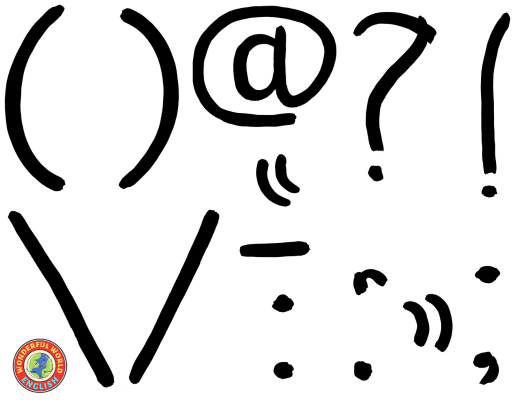
Practical Applications of Grammar
Effective grammar is essential for clear communication, whether it be in writing or speaking. It’s also crucial in navigating digital platforms and using various language-learning tools.
Writing Skills
Strong grammar skills enhance writing by ensuring clarity and coherence.
Proper sentence structure reduces misunderstandings, making the writing more readable. For instance, the correct placement of commas can change the meaning of a sentence significantly.
- Workbooks offer exercises for practicing grammar rules.
- Ebooks provide convenient access to comprehensive guides.
Grammar proficiency is crucial for academic writing, such as essays and research papers. It also improves professional communication, ensuring emails and reports are polished and error-free.
Speaking Skills
In speaking, grammar helps convey ideas precisely.
Using correct tense and syntax ensures the speaker is understood accurately. Additionally, it establishes credibility.
- Online practice with apps and platforms helps improve spoken grammar.
- Digital resources like audio guides and interactive exercises reinforce learning.
Addressing common grammar mistakes, such as subject-verb agreement, can enhance spoken communication, making interactions in both personal and professional settings more effective.
Grammar in Digital Use
Grammar is critical in digital communication, such as social media posts and blogs.
Correct grammar makes content more professional and credible.
- Digital products like grammar-checking tools assist in real-time corrections.
- Apps can be used for instant grammar upgrades.
Utilizing platforms like Internet Archive allows access to older grammar references. This ensures that one’s usage remains current and accurate.
Online tools and resources, such as workbooks and gradebooks, support continuous learning and application.
By leveraging available resources and consistently practicing, individuals can significantly improve their grammar skills. This leads to more effective communication across various mediums.

Conclusion
Mastering English grammar is not only a cornerstone of effective communication but also a gateway to enhanced personal, academic, and professional opportunities.
By understanding and applying the various components of grammar—from the basic parts of speech to complex sentence structures and tenses—learners can achieve clarity and precision in both their written and spoken English.
Resources such as the Azar-Hagen Grammar Series provide valuable tools for this journey, offering detailed explanations and practical exercises that cater to different learning levels.
With a dedication to consistent practice and a willingness to explore comprehensive grammatical guides, anyone can navigate the complexities of English grammar and harness its power to enrich their language skills.
Embracing the fundamentals and beyond, learners will find themselves well-equipped to face any linguistic challenge with confidence and proficiency.
You can contact us if you are in need of any assistance.
Have a wonderful day!
Image Attribution: All images licensed via canva.com

